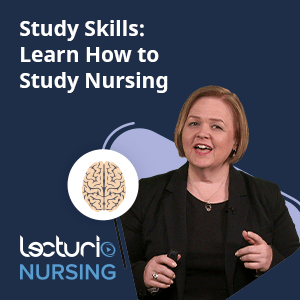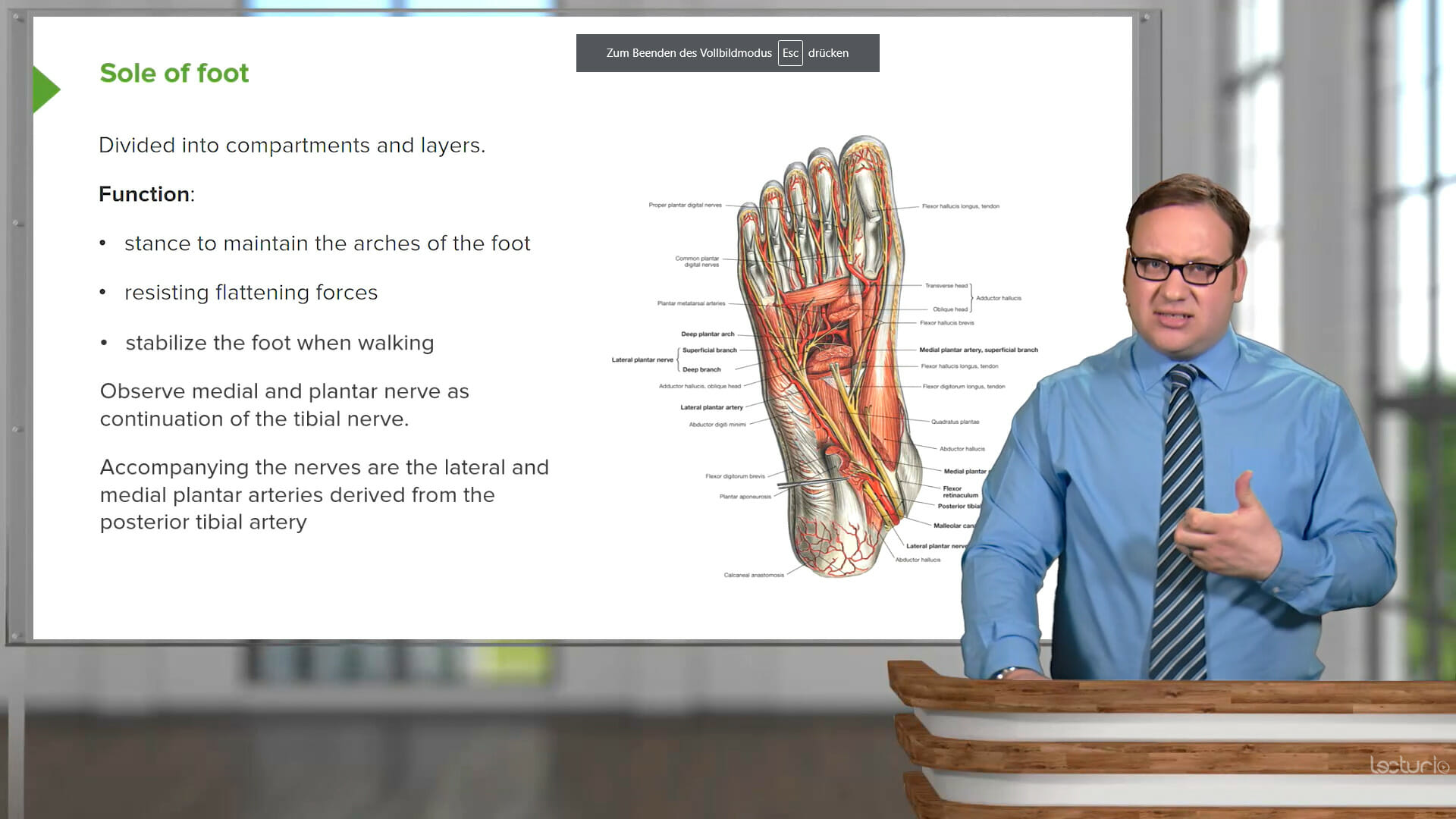I personally remember being in nursing school and being assigned over 100 textbook pages in preparation for one lecture. I’d always try so hard to read all of the pages and could never actually do it. It was quite upsetting.
The good news is, your professor doesn’t actually expect you to read every single page that they assign and there are some methods you can use to help narrow it down to find the most important information. If you’re someone who actually can read every single page, congratulations; that is very impressive, but if you’re not, that’s okay too. Below, I’ll share some tips on how you can narrow down what to actually study for nursing school.
Think about Safety
When you’re studying for nursing school, you should always be thinking about safety. Your professor’s job is to train competent nurses who will go into the workforce and make ethical, well thought-out choices. So, no matter what you’re studying, always think of it in the context of safety.
Ask yourself how the information you’re reading could potentially relate to a patient’s safety. When you take the NCLEX exam, a lot of the questions will relate to patient safety. Sometimes, you will even get multiple choice questions in which all of the answers seem correct. This is when you have to ask yourself which question is the most correct, which is usually the safest option.
Here is an example of an NCLEX question that prioritizes patient safety:
Workmen accidentally start an electrical fire while attempting to do repairs in the ICU. The fire starts near the room of a patient who is on a ventilator. What should the nurse do FIRST?
- Pull the fire alarm
- Call the doctor to get orders to take the patient off the ventilator
- Use an ambu bag on the patient and remove them from the area
- Attempt to put the fire out
The correct answer is option 3. This prioritizes patient safety by removing them from the area of danger immediately. All options would be helpful but this is the option that will immediately help the patient.
Example of focusing on patient safety while studying
Let’s say you’re studying insulin. Insulin is an important medication for nurses to understand because we administer it often and there are many different types of insulin. It is important for nurses to understand insulin’s onset of action, the peak effect, and the duration of action. These concepts give you an idea of how long it will take for the insulin to work, when it will have the most powerful effect, and how long the effect will last.
In the context of patient safety, given that insulin affects your patient’s blood sugar, understanding the action times of the insulin helps you know to give the right type of insulin at the right time. For example, since rapid acting insulin only takes a few minutes to start working, you’d want to make sure to give it to your patient right before they eat or during a meal.
Think About the Worst Case Scenario
Another tip for narrowing down your study time is to consider the worst case scenario. This is really just another way to help you focus on the safety of your patient. Thinking about the worst case scenario helps you select the best multiple choice answer when it feels like they’re all correct.
So, when you’re studying a certain topic and thinking about safety implications, ask yourself what might be the absolute worst case scenario for a patient with a given condition. Not to sound grim, but we’re usually thinking about death here. What might lead to a patient dying in a given scenario? What would be the life saving measures that would be required? And most importantly, what would need to have been done to prevent this death from happening? Because THAT is what you should do, and that is typically the correct answer on a nursing exam.
Example of considering the worst case scenario while studying
Back to the insulin example. When studying different types of insulin, ask yourself what the worst case scenario would be. One example would be if you accidentally gave your patient a type of insulin that was inappropriately timed. Let’s say you accidentally gave rapid acting insulin to a patient who is NPO, you find them passed out and sweaty in their room, what do you do first?
First, you look for basic signs of life such as proof that your patient is breathing and a palpable pulse. This is because the worst case scenario is that your patient is dead, so you want to make sure that they are in fact still alive. Once you’ve confirmed that they are alive, you’ll want to take steps to raise their blood sugar, such as waking them and encouraging them to eat or drink or administering glucagon. So if you’re ever faced with a nursing test question that feels like all of the answers are correct, think about life and death. Choose the answer that is most likely to save the patient’s life.
Use the Objectives and Tables
Another method to narrowing down the important parts of your readings is to use the objectives in the chapter and the tables. This is especially helpful when you’ve been assigned multiple chapters to read. Since reading chapter upon chapter, word for word, can be incredibly challenging, looking at the chapter objectives and the included tables is a great way to absorb some of the most important information.
The chapter objectives or key points are there for a reason, they provide a clear overview of what you can expect to learn in the chapter. So, take some time to review these objectives. If there are specific subjects that you find confusing, delve more into those. Tables and charts are also incredibly valuable. Usually, tables and charts are highlighted for a reason–they’re important! I even remember being in nursing school and having professors emphasize the tables and charts, saying these were the topics that we could expect test questions on.
So skim through the assigned chapters and spend extra time going over any tables or charts. Highlight and mark these pages to come back to. Take some time to rewrite some of the information in the tables and charts to help you really absorb this important information.
Studying nursing has never been easier.
Set yourself up for success with Lecturio.
Look at the Syllabus or PowerPoint Slides
When I was in nursing school, most of my professors would use PowerPoint presentations to guide the lecture. I think that referencing the PowerPoint slides can help you narrow down what to study when going through text book chapters. Also, you may be able to use the syllabus in a similar way if you don’t have PowerPoint slides available.
Usually, professors provide a syllabus with modules and objectives. These objectives represent what your professor actually wants you to know regarding each topic (in other words, what they plan to test you on). By using the syllabus objectives to guide your studying, you can narrow down what to focus on when reading through the assigned readings.
Getting the Most Out of Your Study Time
Now that you know how to narrow things down while studying, you can take some extra steps to really get the most out of your study time.
Make up your own examples
Your textbooks should provide some great real-life examples to help apply the information you’re studying, but if you want to take it a step further, you can make up your own examples. Creating your own examples (in the context of patient safety) helps you really think about what you’re studying and think of it in a way that makes sense to you.
Utilize a variety of learning modalities
We all absorb information in our own ways.
By using different learning modalities when you study you can stay focused and figure out which learning methods work best for you. Most people do well when they use a mix of learning modalities when studying. Some studying methods you can try that involve a mix of learning modalities include: watching videos, handwriting notes, making up a rhyme or song to help remember something, walking or moving while you study, and engaging in discussions with your classmates about the lecture material.
Show up to your lecture with questions
If you’ve spent half the day pouring over a textbook chapter in preparation for a lecture, don’t forget to write down any questions you have. If a particular topic has you confused, write down what’s confusing you and make sure to bring these questions with you to your lectures. Your professor may go over the material, answering your questions before you even need to ask them. Or you may have to bring these questions up yourself. Don’t be afraid to ask questions during your lecture, because if it’s confusing you, there’s a good chance that you’re not the only one.
It may seem impossible to narrow down some of the hefty readings that nursing school professors assign, but rest assured it is possible. Keep patient safety at the forefront and summarize the material using whatever resources are available to you. Take the worst case scenario into account when thinking about patient safety. Reviewing assigned readings before a lecture is an effective way to prepare for your class and figure out what questions you have ahead of time so that you can pay close attention and get the most out of your lectures.






